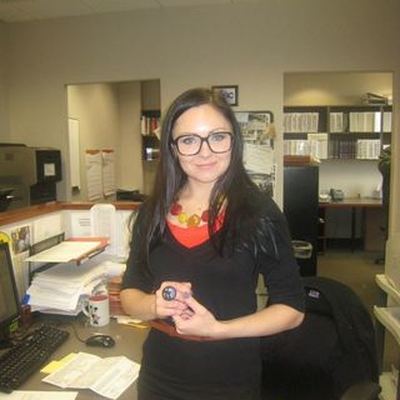Corns, calluses, and blisters are quite unpleasant issues that usually appear on the skin to protect it from rubbing or other irritants. In addition to the fact that they can spoil the appearance of your feet, corns, calluses, and blisters can also be quite painful or even lead to complications. In this article, we will tell you everything you should know about corns, calluses, and blisters.
The difference between corns, calluses, and blisters
Due to the fact that people often confuse corns, calluses, and blisters, it is important to know the difference since the treatment options for these issues also vary.
Corns
Corns are thickened areas of the body that develop particularly on the feet and hands. They are caused by rubbing against the skin. Corns tend to develop on the bony sides of the fingers and toes. When corns develop between the toes, they can cause painful sensations or discomfort when walking.
Corns can form in both dry and humid conditions, forming hard and soft calluses. You should also know that foot deformities like bunions or heel spur can contribute to the development of calluses as they increase friction between the skin and shoes.
Calluses
Calluses are areas of rough skin that usually form around the heel and near the toes. However, they can also develop on the hands. Some people have a genetic predisposition to corns but most people develop calluses as a result of the constant rubbing of poor-fitting shoes. Dry skin on the soles can also contribute to the development of calluses.
Blisters
Blisters are fluid-filled sacs that occur when the fluids fill the damaged skin. This sac can be filled with clear fluid, blood, or even pus. Blisters can occur when the skin becomes damaged because of rubbing, high temperature, frostbite, chemical burn, and various medical conditions. It is essential to avoid blister rupture since the wound can get infected or even more injured by rubbing.
Treatment options
Treatment options for corns, calluses, and blisters are different. They vary depending on the severity of the condition and the underlying causes of their development. For example, people with diabetes or other diseases that affect feet should avoid self-medication and always visit a podiatrist for timely and proper treatment of foot issues.
Corns can be treated with the help of special donut-shaped pads that can ease the pressure and rubbing. Pads with salicylic acid can soften the corn and you will be able to easily remove the dead skin.
If you have corns, you shouldn’t try to cut them off or remove them with sharp objects. You can make a warm foot bath and gently remove softened skin with the help of the pumice stone. However, if the corn is painful, it would be better to make an appointment with the foot doctor.
Treatment options for calluses are similar to corn’s treatment. Soaking your feet in warm water with the addition of baking soda and soap can help remove calluses. You can use the emery board or pumice stone to gently remove the build-up of tissue.
In most cases, blisters don’t require any special treatment. Keep the blister clean,dry and cover it with a bandage until it disappears. While it heals, try not to press or rub it. In some cases, you can puncture the blister with the sterile needle to remove the fluid and make the skin reattach. However, you shouldn’t cut off the blister or peel the outer layer of the skin to remove the fluid.
If the blister is filled with pus, it is essential to visit the foot doctor for treatment. The reality is that the area becomes inflamed and it can spread further. Cover the blister with the bandage and make an appointment with the doctor as soon as possible.
Prevention
One of the most effective ways to prevent the development of corns, calluses, and blisters is the proper shoe choice. The material shouldn’t be excessively stiff and rub your feet. You should also wear socks with shoes since they cushion the pressure.
Moreover, it is essential to keep your skin moisturized. Use foot creams and lotions. If you have noticed that the skin becomes thicker, you can soak your feet and rub this area with the pumice stone. This will prevent the build-up of the rough skin.
 Amelia Grant - -
1,164 views -
0 Comments -
0 Likes
Amelia Grant - -
1,164 views -
0 Comments -
0 Likes